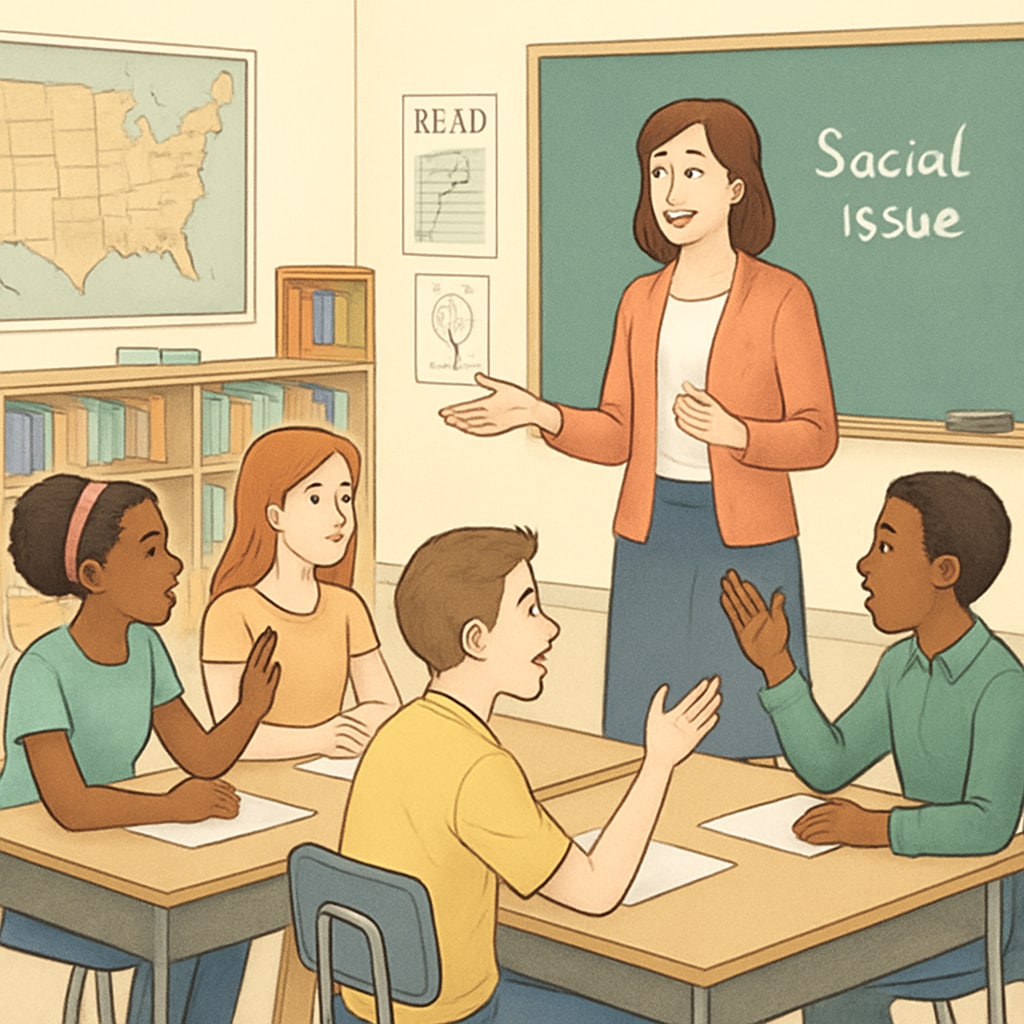The concept of “wokeness” in schools has become a significant topic of discussion in K12 education. With students increasingly aware of social issues, their perspectives on how these topics are integrated into classrooms provide a fresh lens on educational change. This article explores how “wokeness” is influencing schools, examines its impact on education, and highlights students’ opinions on balancing ideological awareness with academic freedom.
What is “Wokeness” in Schools?
In recent years, “wokeness” has been a term used to describe heightened awareness of social justice issues such as diversity, equity, and inclusion. In the context of schools, it refers to the incorporation of these themes into the curriculum, teaching practices, and overall school culture. For example, lessons on historical events may now emphasize marginalized perspectives, and classroom discussions may address contemporary social movements.
However, while some educators and policymakers view this as a necessary step toward inclusivity, others argue that it risks introducing bias and overshadowing academic rigor. Students, who are directly impacted by these shifts, are uniquely positioned to offer insights into how these changes resonate in the classroom.

How Do Students Perceive “Wokeness” in Education?
Students’ responses to “wokeness” in schools are varied but insightful. Many appreciate efforts to make education more inclusive and representative of diverse voices. They recognize the value of learning about historical injustices and current societal issues, which can foster empathy and critical thinking.
For instance, a study conducted by Education Week revealed that students feel more engaged when lessons are relevant to their lives and communities. They also believe that addressing social topics prepares them for real-world challenges.
On the other hand, some students express concerns about the potential for ideological imbalance. They worry that focusing too heavily on social issues might detract from core academic subjects and objective learning. As one high school senior put it, “It’s important to learn about these topics, but not at the expense of math, science, or other essential skills.”
Balancing Ideology and Academic Freedom
The challenge for schools lies in finding a balance between promoting awareness of social issues and maintaining academic freedom. Students have voiced the need for classrooms to remain spaces for open dialogue, where diverse perspectives can be shared without fear of judgment.
To achieve this balance, educators might consider the following strategies:
- Incorporating social topics in a way that complements, rather than replaces, traditional subjects.
- Encouraging respectful debates and critical discussions, allowing students to explore multiple viewpoints.
- Providing professional development for teachers to handle sensitive topics effectively.
These approaches can ensure that students are both socially aware and academically prepared, addressing their concerns while fostering a well-rounded education.

The Future of “Wokeness” in Education
As the debate around “wokeness” in schools continues, the voices of students will remain crucial. Their perspectives not only highlight the immediate impacts of these changes but also offer valuable guidance for shaping future educational policies.
In addition, ongoing research and dialogue are necessary to evaluate the long-term effects of integrating social issues into the curriculum. For example, studies by organizations like Britannica can provide insights into how these trends influence student outcomes and societal attitudes over time.
Ultimately, the goal should be to create an educational environment that respects diverse viewpoints, encourages critical thinking, and equips students with the skills they need to navigate an increasingly complex world.
Readability guidance: This article uses short paragraphs, clear transitions, and lists to summarize key points. Active voice is prioritized, and complex sentences are kept to a minimum to enhance accessibility for a wide audience.


